PROJECT SPONSORS
The State Historical Society of Missouri
Special thanks to
Christine Montgomery
Claudia Powell
MISSOURI HERITAGE READERS
General Editor, Rebecca B. Schroeder
Each Missouri Heritage Reader explores a particular aspect of the state's rich cultural heritage. Focusing on people, places, historical events, and the details of daily life, these books illustrate the ways in which people from all parts of the world contributed to the development of the state and the region. The books incorporate documentary and oral history, folklore, and informal literature in a way that makes these resources accessible to all Missourians.
Intended primarily for adult new readers, these books will also be invaluable to readers of all ages interested in the cultural and social history of Missouri.
Other Books in the Series
Arrow Rock: The Story of a Missouri Village, by Authorene Wilson Phillips
Blind Boone: Missouri's Ragtime Pioneer, by Jack A. Batterson
Called to Courage: Four Women in Missouri History, by Margot Ford McMillen and Heather Roberson
Catfish, Fiddles, Mules, and More: Missouri's State Symbols, by John C. Fisher
Daring to Be Different: Missouri's Remarkable Owen Sisters, by Doris Land Mueller
Five Stars: Missouri's Most Famous Generals, by James F. Muench
Food in Missouri: A Cultural Stew, by Madeline Matson
George Caleb Bingham: Missouri's Famed Painter and Forgotten Politician, by Paul C. Nagel
German Settlement in Missouri: New Land, Old Ways, by Robyn Burnett and Ken Luebbering
Hoecakes, Hambone, and All That Jazz: African American Traditions in Missouri, by Rose M. Nolen
Immigrant Women in the Settlement of Missouri, by Robyn Burnett and Ken Luebbering
The Indomitable Mary Easton Sibley: Pioneer of Women's Education in Missouri, by Kristie C. Wolferman
Into the Spotlight: Four Missouri Women, by Margot Ford McMillen and Heather Roberson
The Ioway in Missouri, by Greg Olson
Jane Froman: Missouri's First Lady of Song, by Ilene Stone
Jesse James and the Civil War in Missouri, by Robert L. Dyer
Jessie Benton Frmont: Missouri's Trailblazer, by Ilene Stone and Suzanna M. Grenz
M. Jeff Thompson: Missouri's Swamp Fox of the Confederacy, by Doris Land Mueller
Missouri at Sea: Warships with Show-Me State Names, by Richard E. Schroeder
Missouri Caves in History and Legend, by H. Dwight Weaver
On Shaky Ground: The New Madrid Earthquakes of 18111812, by Norma Hayes Bagnall
Orphan Trains to Missouri, by Michael D. Patrick and Evelyn Goodrich Trickel
The Osage in Missouri, by Kristie C. Wolferman
Paris, Tightwad, and Peculiar: Missouri Place Names, by Margot Ford McMillen
Quinine and Quarantine: Missouri Medicine through the Years, by Loren Humphrey
The Santa Fe Trail in Missouri, by Mary Collins Barile
A Second Home: Missouri's Early Schools, by Sue Thomas
Stories from the Heart: Missouri's African American Heritage, compiled by Gladys Caines Coggswell
The Trail of Tears across Missouri, by Joan Gilbert
Dedicated to the memory of the Missouria people, the Nyut^achi, who have too long been forgotten to history. I hope this book will help their descendants in the Otoe-Missouria, Ioway, and other American Indian tribes recover a piece of their history. I also dedicate the book to the memory of my grandmother Willa (Plunkett) Simcosky (18991982). Her stories about growing up in western Oklahoma instilled in me at an early age a curiosity about and respect for American Indian people, their history, and their cultures.
Acknowledgments
Many noted anthropologists, historians, and archaeologists, including Francis La Flesche, Alanson Skinner, James Owen Dorsey, George Hyde, Louis B. Houck, Baron Marc Villiers, J. Brewton Berry, Abraham Nasatir, Gilbert Din, John Joseph Mathews, James Mooney, Frederick Webb Hodge, John Swanton, R. David Edmunds, Carl and Eleanor Chapman, Robert Bray, Robert Wiegers, Henry Hamilton, Berlin Basil Chapman, Martha Royce Blaine, Donald Lance, Mildred Mott Widel, Leonard Blake, Michael O'Brien, David J. Costa, Larry Grantham, and Dale Henning have discussed or mentioned the Missouria in their works. The information, while valuable, most often appears in scholarly works or field notes that are not widely accessible. The works themselves often do not include a Native American viewpoint. Primary documents mentioning the Missouria are rare, and they are usually in French or Spanish. This situation has made research for this book especially challenging.
I appreciate the communication that I have had with members of the Otoe-Missouria tribe: Barbara Childs-Walton, Connie Harper, Dawn Briner, Lorena DeRoin, Flo Robedeux, and Bat Shunatona. I gained a vital new perspective on the culture from them. Matthew Jones especially provided assistance with oral traditions, tribal history, and bibliographical materials. Sonny Littlecrow also provided information on oral traditions, tribal history and language concepts. Among members of the Osage tribe, I want to thank Louis F. Burns, who shared his knowledge with me, and Kathryn Red Corn, who gave me access to materials in the Osage tribal museum.
Jimm Goodtracks, Chiwere language preservationist, provided assistance with Ioway-Otoe language and permitted use of ethnographical materials on his website. Dr. Carol Diaz-Granados and James Duncan helped explain Siouan symbolism in the context of modern archaeology; Dr. Lori Stanley, Luther College, and Adam Fracchia provided information in their theses; David Bennett shared newspaper and journal excerpts. Dr. W. Raymond Wood, Professor Emeritus, University of Missouri, Dr. Tim Baumann, Glenn A. Black Laboratory of Archaeology, Dr. R. Bruce McMillan, Director Emeritus, Illinois State Museum, Dr. Jeff Yelton, Central Missouri University, and James Harlan, University of Missouri, provided archaeological and geographical materials and corrections. Tammy Green and Candace Sall, of the University of Missouri, provided access to valuable research materials; Jim Baker, of the Felix Valle, State Historic Site, and Greg Olson, of the Missouri State Archives, and historian Jim Denny also provided needed help. Janet Littlecrow was an encourager and helped open some doors with her husband's tribe.
The research for this publication was made possible by a Brownlee Grant from the State Historical Society of Missouri, Columbia. I am indebted to the society board and to Dr. Gary Kremer for their support. Stephen Chapman permitted use of illustrations done by his mother, Eleanor Chapman. Thanks go to my daughter, Ruth Ellen Bratcher, for maps and graphics work and to the series editor, Rebecca Schroeder, the staff of the University of Missouri Press, and my wife, Diana, for their patience.



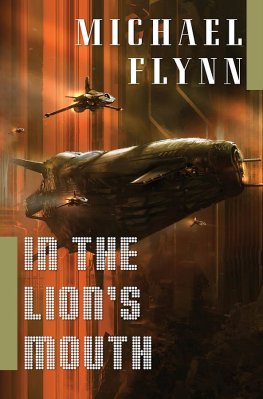


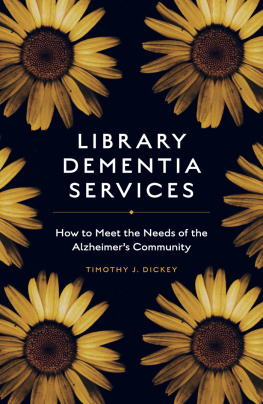
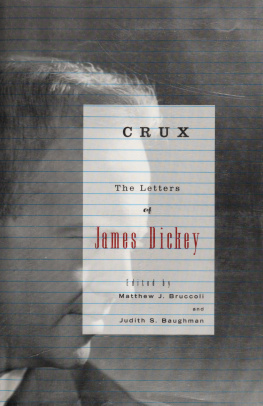
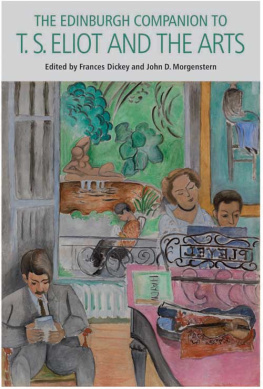
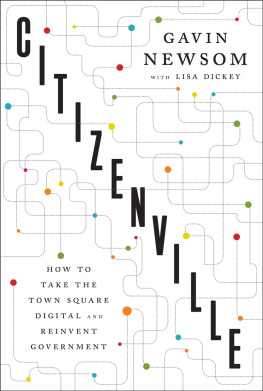
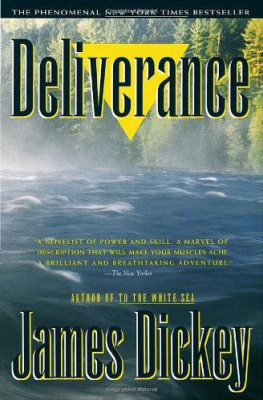

 This paper meets the requirements of the American National Standard for Permanence of Paper for Printed Library Materials, Z39.48, 1984.
This paper meets the requirements of the American National Standard for Permanence of Paper for Printed Library Materials, Z39.48, 1984.